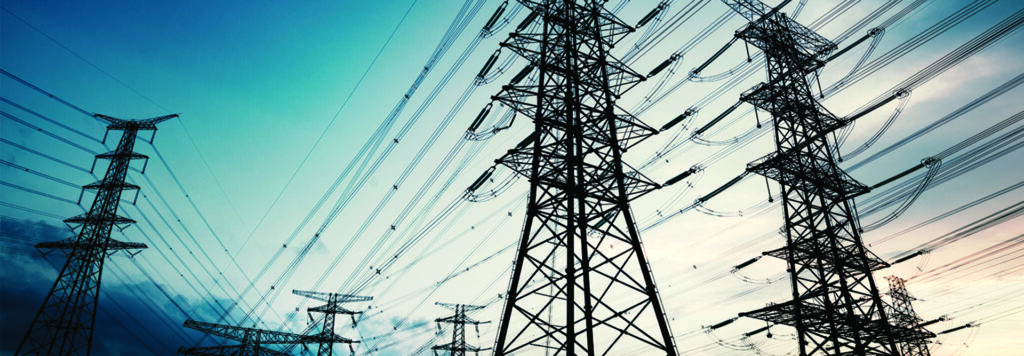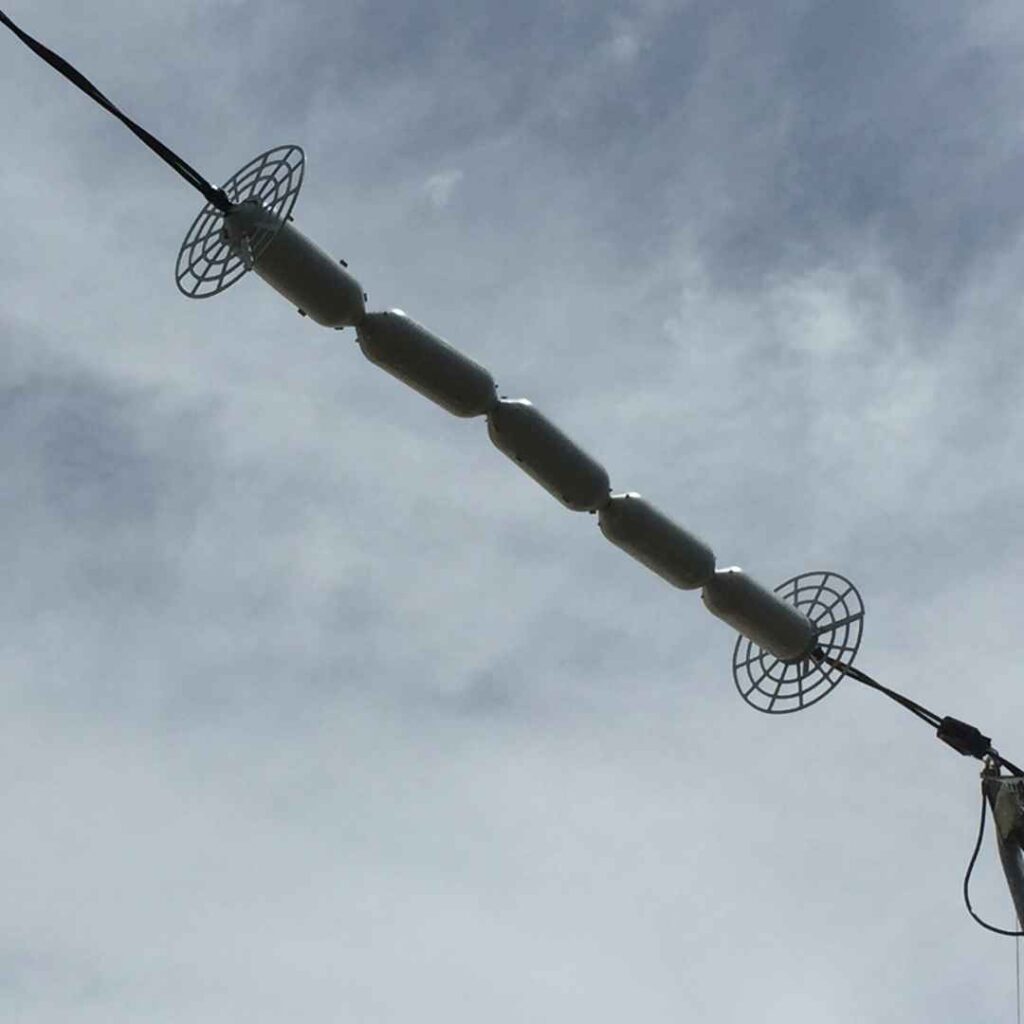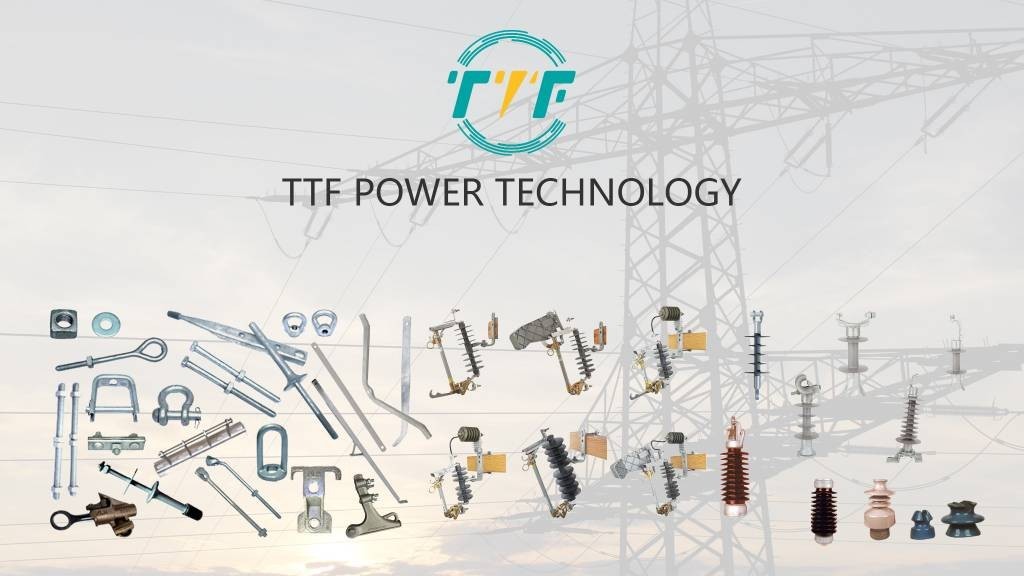
South America is experiencing a shift in its energy sector driven by advancements in power technology and growing demand for clean energy. The combination of abundant renewable energy resources with innovative energy policies is speeding up the adoption of solar, wind, smart grids, battery storage, and green hydrogen. Key power technology trends in South America include renewable energy expansion, grid modernization, energy storage innovation, green hydrogen, and electrification of transportation. These trends will position the region as a global leader in sustainable energy development. However, challenges such as grid modernization costs, policy consistency, and infrastructure upgrades need to be addressed to ensure a smooth transition to a clean, resilient, and fair future. Line guards protect electrical conductors, reduce mechanical stress, and enhance the lifespan of transmission infrastructure.
A line guard is a protective device installed on overhead power lines to prevent damage at points of high mechanical stress. It is durable to prevent conductor damage at suspension points, enhance conductor strength, and reduce the risk of conductor breakage. With the expansion of solar and wind farms in remote areas of Chile, Brazil, and Argentina, line guards shield transmission lines from stress-related wear and tear. Due to South America’s severe weather conditions, line guards help prevent conductor failure in high-risk areas by reducing stress at suspension points. This increases energy infrastructure resilience against extreme weather and prevents blackouts and disruptions in energy supply. Line guards are crucial for maintaining transmission efficiency and reliability in renewable energy expansion, smart grid development, and rural electrification projects.
Importance of line guards in power technology trends in South America’s energy transition
Line guards are crucial components in overhead power line systems in South America. Line guards protect and reinforce conductors from mechanical stress, environmental damage, and wear caused by vibrations and wind. They play a crucial role in ensuring the reliability, durability, and efficiency of power transmission and distribution infrastructure. Here is the importance of line guards in power technology in energy transition.

- Enhanced grid resilience—line guards help ensure the resilience of power lines to maintain grid stability. They reinforce conductors at suspension points and dead ends to prevent damage from vibrations. This is especially in regions like the Andes Mountains, where power lines face high winds, ice, and temperature fluctuations.
- Renewable energy integration—the integration of renewable energy sources needs strong transmission infrastructure to transport electricity from remote generation sites. Line guards strengthen conductors to enable them to handle higher loads and stresses related to increased power flows from renewable energy projects.
- Grid expansion—line guards play a crucial role in ensuring the durability of new infrastructure in renewable energy expansion. Line guards help in the construction of new transmission lines in challenging terrain.
- Reduced maintenance costs—line guards help reduce maintenance costs and reduce downtime to ensure a stable and reliable power supply. Line guards reduce wear and tear at suspension points to extend the lifespan of conductors.
Challenges facing power technology trends in South America’s energy transition
South America’s energy transition has made significant progress in renewable energy adoption, grid modernization, and decarbonization efforts. South America faces various challenges that could hinder the pace and effectiveness of power technology trends. The region could incorporate strategies to address these challenges. These include investing in grid modernization and energy storage, strengthening policy frameworks, promoting regional cooperation, ensuring inclusive and fair access, and building local capacity. The challenges include:

- Grid infrastructure limitations – most South American countries have aging transmission and distribution networks. The networks may not able to handle the variable and decentralized nature of renewable energy. Integrating large-scale solar and wind power into the grid needs advanced grid management technologies.
- Intermittency and reliability of renewables—solar and wind power are intermittent and may need complementary technologies. These include energy storage and grid flexibility solutions to ensure reliability.
- Environmental concerns—large-scale renewable energy projects can face opposition from local communities and indigenous communities. Renewable energy projects in sensitive areas may threaten biodiversity.
- Technological gaps—access to cutting-edge technologies and knowledge transfer from developed countries may be limited. This slows innovation and deployment in South America.
- Dependence on fossil fuels—some countries still depend on fossil fuels for electricity generation and export revenues. This creates resistance to decarbonization efforts in South America.